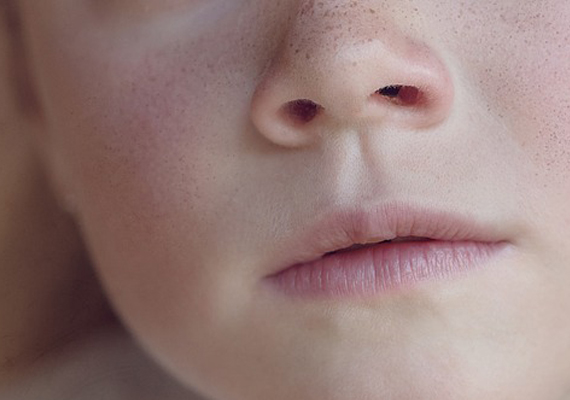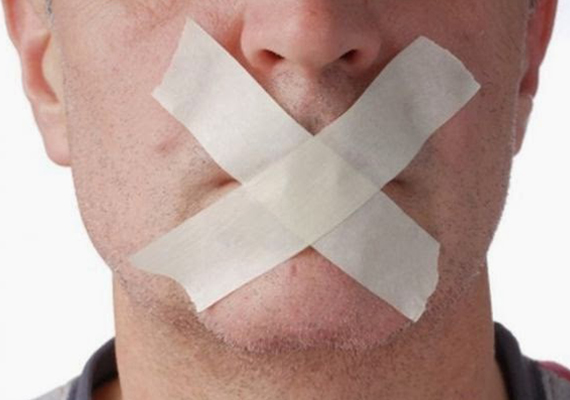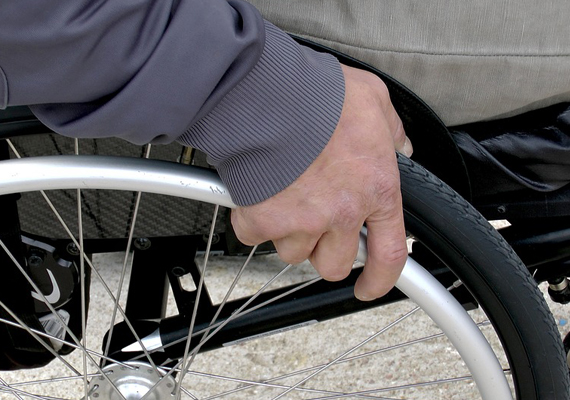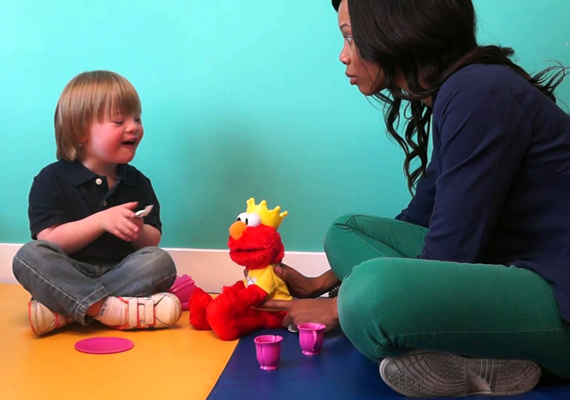
People suffering from dysphemia frequently repeat words or sentences and hesitate when expressing themselves. Genetic heritage, the sex of birth or traumatic experiences are some of its causes.
24 may 2016
The CIE-10 (International Classification of Mental and Behabioural Disorders -W.H.O) defines dysphemia as the “speech impediment characterised by a frequent repetition or prolongation of sounds, syllables or words; or by the rise of frequent doubts or pauses which interrupt speech’s rhythmic flow”. Some authors consider that dysphemia and stutter are the same, while other experts differentiate both speech disorders. Among the most common causes for dysphemia, we find the following:
- Genetic: in monozygotic twins (which originate from an only ovule and sperm), if one of the sibblings suffers from dysphemia, the other one has a 77% probability of developing it. Among dizygotic twins (individuals gestated from two different ovules and sperms) the probability is that of 32%. From parents to children the probabilities are between 30% and 40%.
- Sex: it is more frequent in men (75%) than it is in women (25%).
- Psycholinguistics: articulation problems derived from a lack in linguospecular thought (relationship between meaning and written word) in opposition to sensoactorial processing (relationship between meaning and image).
- Traumatic: dysphemia may also be caused by extended stress periods.
According to the most common speech impediments, dysphemia can be classified as clonal (compulsive repetition of syllables or words), tonic (paralysation or spasms which cause interruptions or intermittent talking) and tonoclonal or mixed (combination of the above mentioned with one predominating the other).
Evolution
In Disfemia o tartamudez (Dysphemia or Stutter) [REV NEUROL 2005; 41 (Supl. 1):S43-S46], J. Sangorrín-García states that dysphemia tends to appear during childhood -usually between years 2 and 4- coinciding with connected language, when the child starts combining several words and putting sentences together. Primary dysphemia could appear around the age of 3 associated with the difficulty of articulating the language typical of this age. The Episodic one originates at the age of 5 and it includes stuttering episodes which alter verbal fluency. After 10 years since the appearance of the first episodes, the subject is considered to suffer dysphemia or stutter. Some of the most common symptoms are:
- Linguistic manifestations: use of verbal pet words, redundant language, incomplete sentences, incoherent discourse and discoordination between language and thought.
- Behavioural manifestations: temporary mutism and inhibition, anxiety when facing communication, logophobia or fear to words.
- Bodily manifestations: tics, spasm and hypertension and psychogalvanic response (perspiration, paleness, etc.).
Treatment
J. Sangorrín-García stablishes that the treatment and prevention of dysphemia shall apply speech therapy techniques combined with psychotherapy, among them:
- Teaching of speech mechanics;
- Observation of speech behaviours;
- Correction of stutter;
- Muscle relaxation and voice control;
- Fluency.
In a previous post, we talked about the Oscar-awarded movie The King’s Speech, which tells the case of Lionel Logue, an Australian speech therapist who helped the British king-to-be Jorge VI to overcome his stutter problems.











